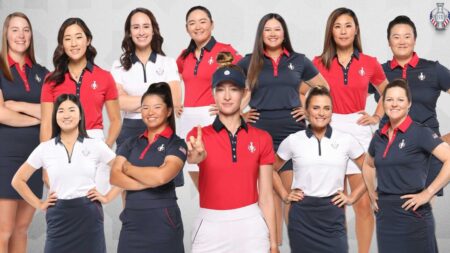
Young LGBTIQ+ people are much more likely to be bullied, abused and isolated than their peers. However, every LGBTIQ person faces discrimination and violence based on orientation in their life but discrimination and violence based on orientation are very severe for young LGBTIQ or LGBTIQ students than LGBTIQ adults which impact their studies, health and well-being they are or their minds are not fully developed for facing such societal challenges.
Young LGBTIQ students are faced or experienced Violence and discrimination more at school than at home or in their community, according to the report published by LGA Europe, IGLYO, Brussels.
Education sector responses to violence based on sexual orientation and gender identity/expression, A Unicef report, published in the year 2016 lights on various aspects of violence based on sexual orientation gender identity/expression in educational settings and the impact on LGBTIQ students’ health and mental health.
Violence against LGBT students
LGBT students consistently report a higher prevalence of violence compared to their nonLGBT peers. Those who fail to conform to ‘masculine’ norms – i.e. male students who are gay or bisexual, and male-to-female transgender students – seem more likely to be the targets of violence.Learn More:- https://www.hindustantimes.com/india-news/bullied-by-peers-india-s-lgbt-children-drop-out-of-schools/story-DimhescqXdSQ53pLZJIEhP.html
A report published in E. Roland & G. Auestad, 2009 states that a higher number of Bullying incident is reported by the guy male students (48%) than Bisexual male students (24%), lesbian students (15), and heterosexual (7%) from the group of students from different sexual orientations.
Violence based on sexual orientation is generally expressed in the term of homophobic and transphobic which is inbuilt in fear, discomfort, intolerance or hatred of homosexuality and sexually diverse people.
Young LGBTIQ peoples or students face violence in the classroom, playgrounds, toilets and changing rooms, around schools, on the way to and from school, and even online.
The violence based on sexual orientation is faced by the students in its different forms, are physical bullying (including repeated hitting, kicking and taking, or threatening to take, possessions); and psychological bullying including verbal bullying (repeated mocking, name-calling and unwanted teasing) and social or relational bullying (repeated exclusion, gossiping, the spreading of rumours and the withholding of friendship).
Impact of Bullying or violence based on sexual orientation on young LGBTIQ
Homophobic and transphobic violence has a significant impact on students’ education and employment prospects and their health and well-being. It affects students who are targeted by violence and even those students who are perpetrators and bystanders.
A report published by IGLYO and Sheffield Hallam University, Sheffield in 2013 found that 49 per cent of young LGBT or student respondents said they sometimes avoid school activities such as class questions and discussions.
Another survey conducted by The Williams Institute, Los Angeles in 2015 states that 70 per cent of LGBT students felt unsafe at school in the United States.
In Argentina, a 2007 study showed that 45 per cent of transgender students dropped out of school, either due to transphobic bullying by their peers or being excluded by school authorities.
A study conducted by Mahidol University, Thailand in the year of 2014 showed that 6.7 per cent of LGBT students who were teased or bullied for being or being perceived to be LGBT, reported attempting suicide in the past year; compared with 1.2 per cent of students who were not teased or bullied.
Thus, the convention on the Rights of the Child is the most widely ratified human rights treaty in the world to protect child rights. However, it does not include sexual orientation or gender identity/expression. Although, the UN Committee on the Rights of the Child interpret the content of the human rights provisions in their general comments and uses the convention to protect the rights of children who are perceived to not conform to gender norms, including LGBTI children.













